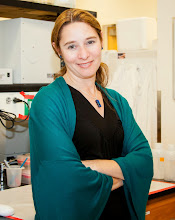 |
| From http://www.bboyscience.com/mental-health-strength/ |
In my quest for eternal youth (or at least slower signs of
aging!) I’ve started weight training.
All of those bicep curls and shoulder presses are starting to pay off –
I can actually see muscles in my upper body.
Just as we perform exercises to help our bodies look and
perform their best, we can (and should!) perform exercises to improve our
speaking skills. I developed a quick set of speaking exercises to work on
specific aspects of public speaking: voice volume, eye contact, body language,
and removing filler words. These
exercises work well in groups of 5-10 people but can be modified for different
sized groups or situations.



